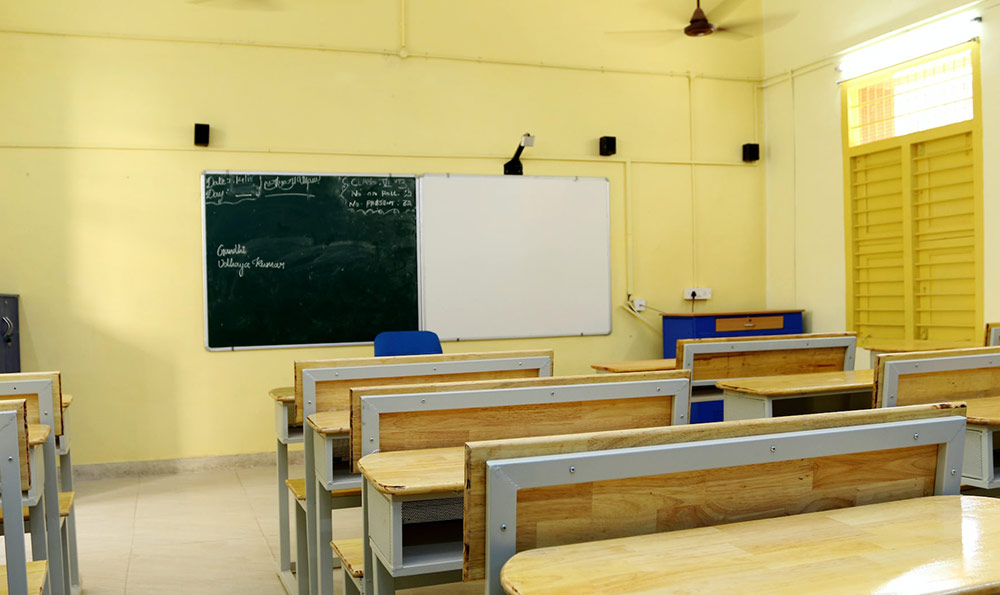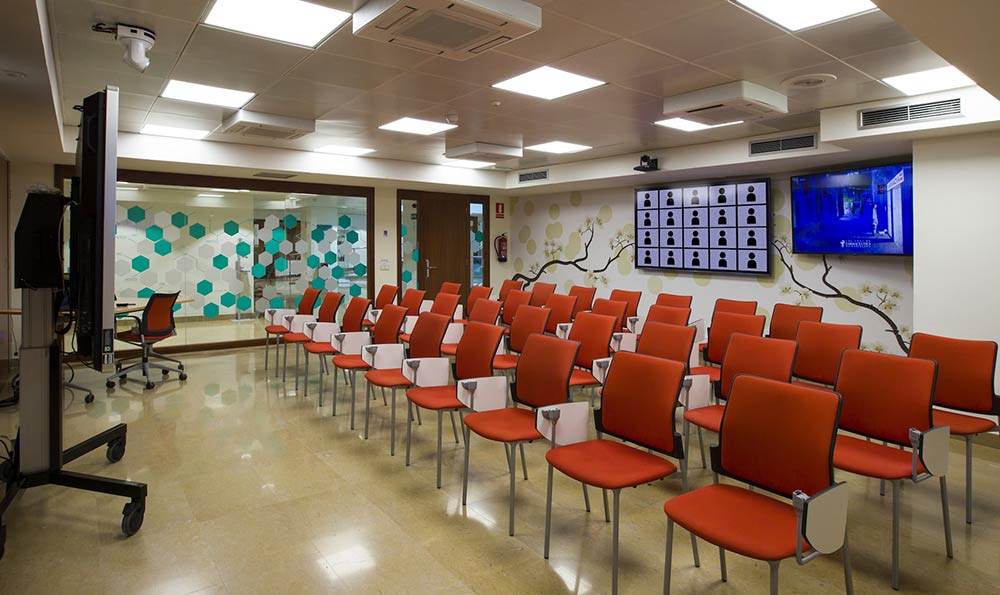
第I卷(选择题,20小题,每小题6分,共120分。)
生物:1~5,单选,30分
化学:6~12,单选,42分
物理:13~20,单选,48分
第II卷 非选择题(11小题,共180分)
物理(72分)
21题,18分
22题,16分
23题,18分
24题,20分
化学(58分)
25题,17分
26题,13分
27题,12分
28题,16分
生物(50分)
29题,16分
30题,18分
31题,16分
2017年全国理综1
1、2017年高考使用全国Ⅰ卷的省份:

福建、河南、河北、山西、江西、湖北、湖南、广东、安徽2、山东省部分科目使用全国Ⅰ卷:
全国Ⅰ卷:外语、文综、理综, 自主命题:语文、文数、理数
另:1、全国Ⅱ卷:甘肃、青海、内蒙古、黑龙江、吉林、辽宁、宁夏、新疆、西藏、陕西、重庆
2、全国Ⅲ卷:云南、广西、贵州、四川
3、海南省:全国Ⅱ卷(语、数、英) 单独命题(政、史、地、物、化、生)
4、江苏省:全部科目自主命题
5、北京市:全部科目自主命题
6、天津市:全部科目自主命题
7、上海市:全部科目自主命题
扩展资料全国卷,它是教育部考试中心组织命制的适用于全国大部分省区的高考试卷,目的在于保证人才选拔的公正性。从2016年开始,全国Ⅰ、Ⅱ、Ⅲ卷分别改称为全国乙、甲、丙卷。小语种(日语/俄语/法语/德语/西班牙语)高考统一使用全国卷,各省均无自主命题权,且不分甲乙丙卷。
在新课程标准改革之后,全国根据是否实行新课标划分出了“课标卷”与“大纲卷”。一些地区的自主命题权被收回,2013年起“课标卷”分为Ⅰ卷和Ⅱ卷(2016年起Ⅰ卷改称乙卷,Ⅱ卷改称甲卷),2016年在此基础上新增丙卷,被不同的地区所使用,总的来说新课标乙卷的难度比新课标甲卷难度大,而丙卷难度和甲卷相当。
而使用大纲卷的地区逐渐减少,2015年大纲卷彻底退出历史舞台。自主命题造成一些负面影响,包括难度不稳定,试题质量下降等,教育部自2014年公布高考改革方案后,逐步增加了使用全国卷的省份,至2018年共有26个省份回归全国卷。
使用独立命题的省市也能在部分科目上采用全国统一试题,例如江苏卷英语听力部分一直采用全国Ⅰ卷,浙江省在2017年高考改革后英语科目使用全国卷。所有小语种(日语、俄语、法语、德语、西班牙语)高考统一使用全国卷,各省均无自主命题权。
参考资料:百度百科-全国卷
2018北京高考理综化学答案
Preparing Cities for Robot Cars为自动驾驶汽车做准备的城市The possibility of self-driving robot cars has often seemed like a futurists dream, years away from materializing in the read world. Well, the future is apparently now. The California Department of Motor Vehicles began giving permits in April for companies to test truly self-driving cars on public roads. The state also cleared the way for companies to sell or rent out self-driving cars, and for companies to operate driverless taxi services. California, it should be noted, isnt leading the way here. Companies have been testing their vehicles in cities across the country. Its hard to predict when driverless cars will be everywhere on our roads. But however long it takes, the technology has the potential to change our transportation systems and our cities, for better or for worse, depending on how the transformation is ,距离真实世界里的实现还要好几年。未来显然就是现在。今年四月,加州机动车管理局开始发放许可证,允许各公司在公共道路上测试真正的自动驾驶汽车。州政府还为企业出售或出租自动驾驶汽车以及运营无人驾驶出租车服务扫清了障碍。加州在这方面并没有走在最前沿。各公司一直在全国各大城市测试他们的汽车。很难预测公路上何时能遍布无人驾驶汽车。但是无论需要多长时间,这项技术都有可能改变我们的交通系统和城市,至于是好还是坏,就取决于如何管理这种转变。While much of the debate so far has been focused on the safety of driverless cars(and rightfully so), policymakers also should be talking about how self-driving vehicles can help reduce traffic jams, cut emissions and offer more convenient, affordable mobility options. The arrival of driverless vehicles is a chance to make sure that those vehicles are environmentally friendly and more (确有道理),决策制定者也应该讨论自动驾驶汽车如何帮助减少交通阻塞、减少排放,提供更便捷、更实惠的灵活性选择。无人驾驶汽车的到来是一个机会,可以确保那些汽车对环境友好,有更多的共享机会。Do we want to copy-or even worsen-the traffic of today with driverless cars? Imagine a future where most adults own individual self-driving vehicles. They tolerate long, slow journeys to and from work on packed highways because they can work, entertain themselves or sleep on the ride, which encourages urban spread. They take their driverless car to an appointment and set the empty vehicle to circle the building to avoid paying for parking. Instead of walking a few blocks to pick up a child or the dry cleaning, they send the self-driving minibus. The convenience even leads fewer people to take public transport—an unwelcome side effect researchers have already found in ride-hailing ?想象一下,未来大多数成年人都拥有自己的自动驾驶汽车。这样他们就能够忍受在拥挤的高速公路上上下班的漫长而缓慢的旅程了,因为他们可以在路上工作、娱乐或睡觉,这也会鼓励城市的扩张。他们把无人驾驶汽车带到约会的地点之后,就让空车绕着大楼行驶,以此避免付停车费。他们不再步行几个街区去接孩子或者去干洗店,只要让无人驾驶的迷你巴士去就可以了。这种便利甚至会让越来越少的人乘坐公共交通工具——研究人员已经在叫车服务中发现了这种糟糕的负面效果。A study from the University of California at Davis suggested that replacing petrol-powered private cars worldwide with electric, self-driving and shared systems could reduce carbon emissions from transportation 80% and cut the cost of transportation infrastructure and operations 40% by 2050. Fewer emissions and cheaper travel sound pretty appealing. The first commercially available driverless cars will almost certainly be fielded by ride-hailing services, considering the cost of self-driving technology as well as liability and maintenance issues. But driveless car ownership could increase as the prices drop and more people become comfortable with the ,在全球范围内,用电动、自动驾驶和共享系统取代了汽油动力的私家车,至2050年,可以减少交通运输中80%的碳排放,并降低40%的交通基础设施和运营成本。更少的排放和更便宜的驾驶听起来很有吸引力。几乎可以肯定的是,考虑到无人驾驶技术的成本以及责任和维护问题,第一批商业化的无人驾驶汽车将在叫车服务行业诞生。不过随着价格的下降以及越来越多的人熟练掌握这项技术,无人驾驶汽车的拥有率可能会提高。Policymakers should start thinking now about how to make sure the appearance of driverlessvehicles doesnt extend the worst aspects of the car-controlled transportation system we have today. The coming technological advancement present a chance for cities and states to develop transportation systems designed to move more people, and more affordably. The car of the future is coming. We just have to plan for ,如何确保无人驾驶汽车的出现不会加剧我们现今这个被汽车主导的交通系统的弊端。即将到来的技术进步为城市和各州提供了发展交通系统的机会,这些交通系统旨在承载更多的人、更加便宜。未来汽车就要来了,我们只需要做好准备。



















